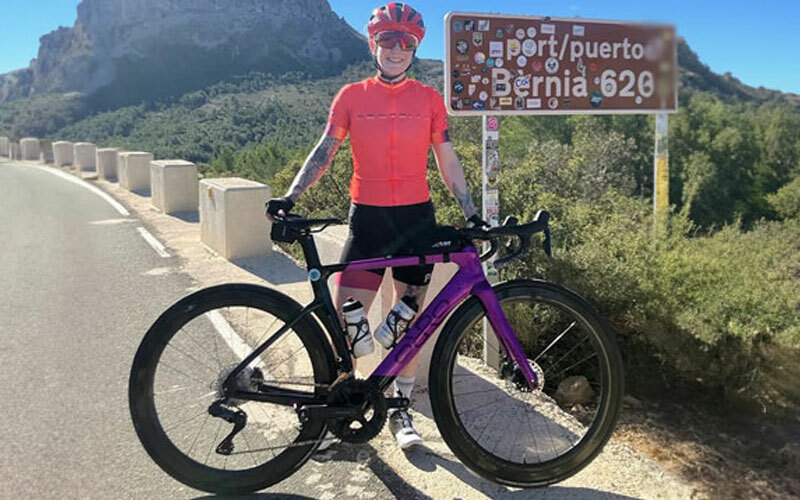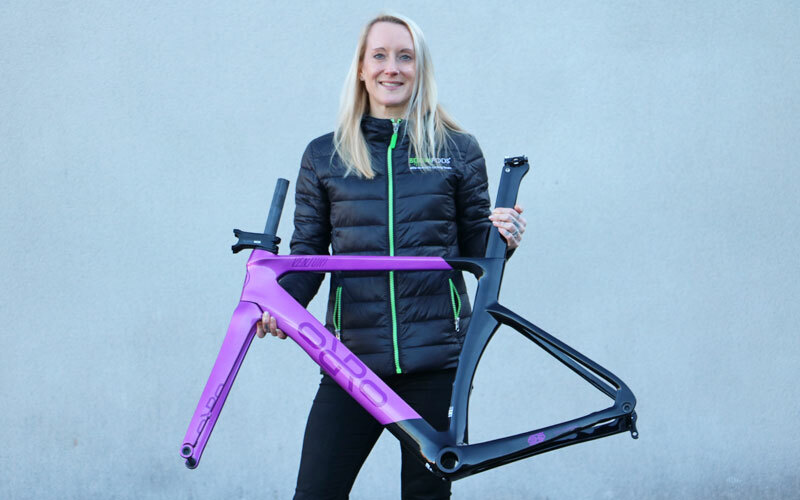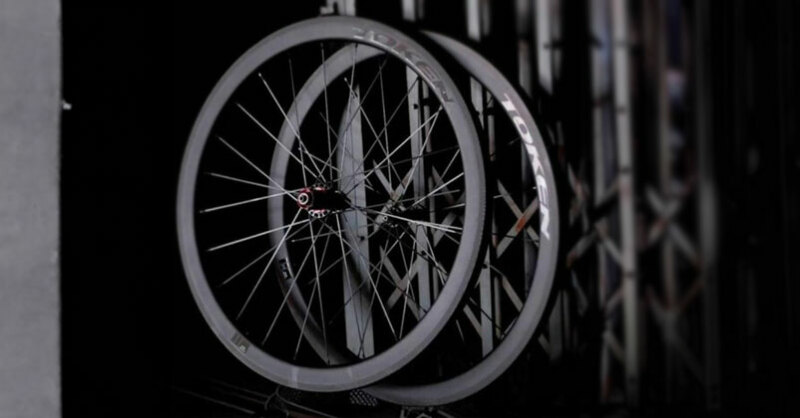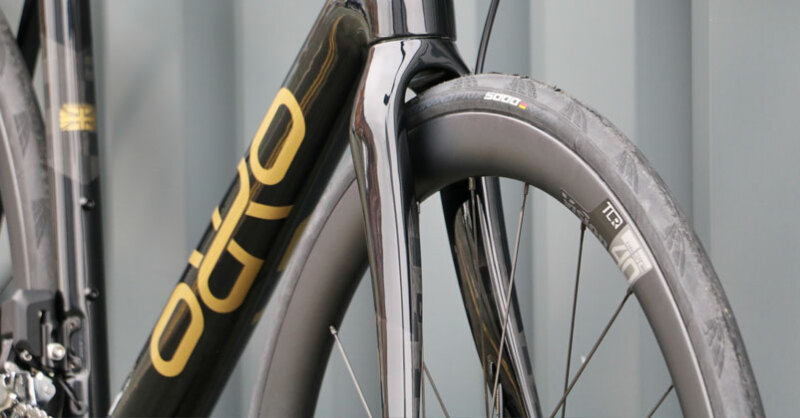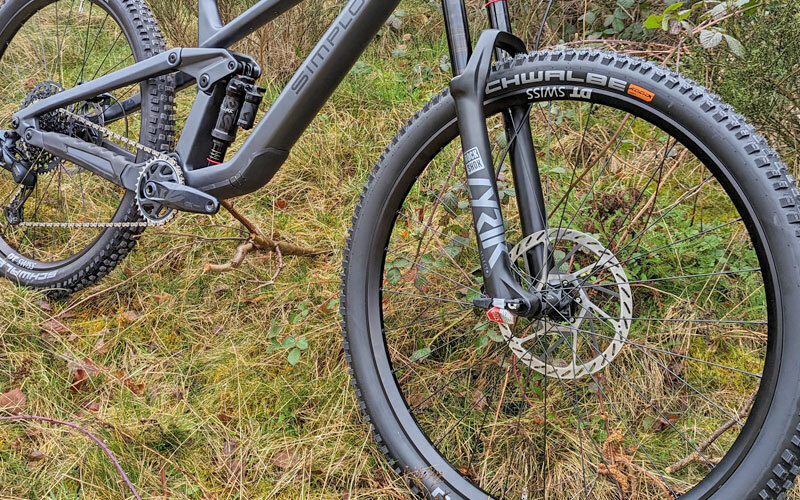Cyclocross & Gravel Bike Guide
Cyclocross bikes have been around almost as long as road bikes, the first cyclocross race in Europe was in France in 1902. Cyclocross as a sport has had peaks and troughs of popularity throughout its history, cyclocross bikes have always been a popular option, not just for racing cyclocross, but for their ability to ride fast across different terrains. Gravel bikes, on the other hand, are a recent off-shoot from road bikes, they first became popular around five years ago.
.jpg)
What’s the Difference between Cyclocross and Gravel Bikes?
Cyclocross bikes and Gravel bikes share a section on our website as they are both 'off-road' capable and because they look similar from a distance… However there are key important differences between the two. Cyclocross bikes have been around a long time. For most of the time cyclocross bikes have been around, they have used cantilever brakes, these allowed a good amount of clearance for tyres clogged up with mud and debris, they were also fairly light. Cantilever brakes are still used in cyclocross races, although disc brake are now very popular. The sport was niche and has become more mainstream in recent years. Cyclocross races last for less than an hour and involve twisty, muddy course often with obstacles such as board jumps and ditches and sections which need to ‘shoulder’ the bike – carry on your shoulder. So, cyclocross bikes tend to have, stiff framesets, a higher bottom bracket, race geometry with twitchy fast handling and no bottle cages. Cyclocross tyres tend to be 28 – 35 mm wide, 32mm maximum for UCI sanctioned cyclocross events.
.jpg)
Gravel Bikes have become popular in the last few years. Their frameset geometry is more relaxed, handling more stable and predictable – ideal for riding long gravel tracks. Gravel bikes can be ridden for day long adventures because they are comfortable and have water bottle cages and rack, guard mounts for bike packing or riding in the winter months. Many gravel bikes feature wider, flared handlebars, for added stability and wider tyres 35mm – 44mm for more grip and comfort. Some gravel bikes feature (smaller) 650b wheel size instead of 700c, to allow for bigger tyre sizes. Disc brakes are fitted on all gravel bikes, entry level gravel bikes usually feature cable operated discs, mid- range and upper level gravel bikes are fitted with hydraulic disc brakes.
.jpg)
Which Bike should I buy?
If you are interested in competing in cyclocross races, then it makes sense to go for a cyclocross bike, they are the right tool for that particular job. If you want to adventure off the tarmac and onto trails and tracks, then a gravel bike could be the best option for you. They still have decent on road capabilities but being able to ride off road too, means that for some riders, the gravel bike is the only bike they need.
Bike Packing?
Gravel bikes are a perfect option for anyone looking to do a bikepacking trip, especially if you want to venture off road for a few hours or days...
.jpg)
Their mounting options and larger tyre clearance allow for off road adventures with mudguards and pannier bags.
.jpg)
Where will your gravel bike or cyclocross take you? Races? Or scenic adventures?
.jpg)
Nitty Gritty of Cyclocross and Gravel bikes.
Most gravel bikes can work happily with 650 wheels and tyres. As long as the thru axle fit your frameset, most thru axles are 12mm wide and 142 (rear) / 100 (front) long. As well as making the handling more nimble, 650b wheels allow wider tyres to be fitted, check online to make sure they will fit if you are in doubt.
Cables running through the frameset keep them away from the dirt and grit. Framesets with internal cable routing also look much better. The only downside is slightly fiddlier job when it comes time to replace cables or bleed hoses.
.jpg)

